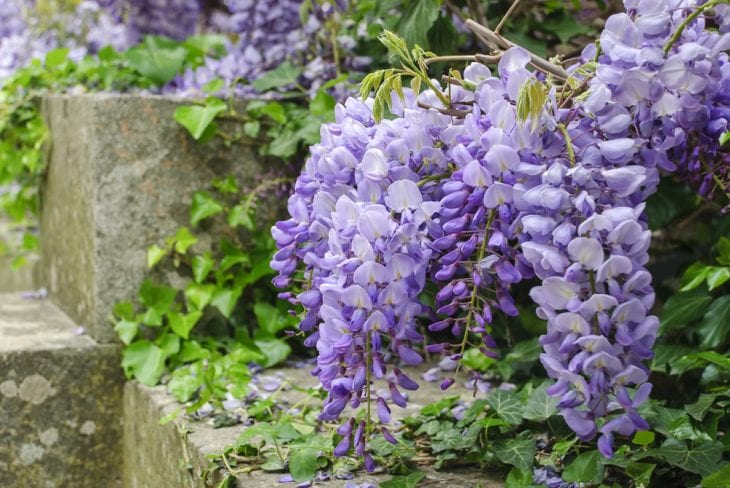Here are some thoughts on the Most Poisonous Plants on Earth! Mother earth is sometimes strange; at times she is kind and humane like genuine mother, yet other times she can seem very harsh indeed. Many plant species are beautiful but they have developed defensive mechanisms that can be deadly to other species including humans.
Pretty much everyone is naturally scared of snakes and spiders, but little do they know that there are attractive looking plants and also their blossoms that can be as dangerous as these serpents and crawlers. Some reports say that there are greater than 100,000 people that get affected by dangerous plants annually.
So without further ado, here are the 10 Most Poisonous Plant on Earth that you should definitely try to stay away from.
1. Most Poisonous Plants: Wisteria
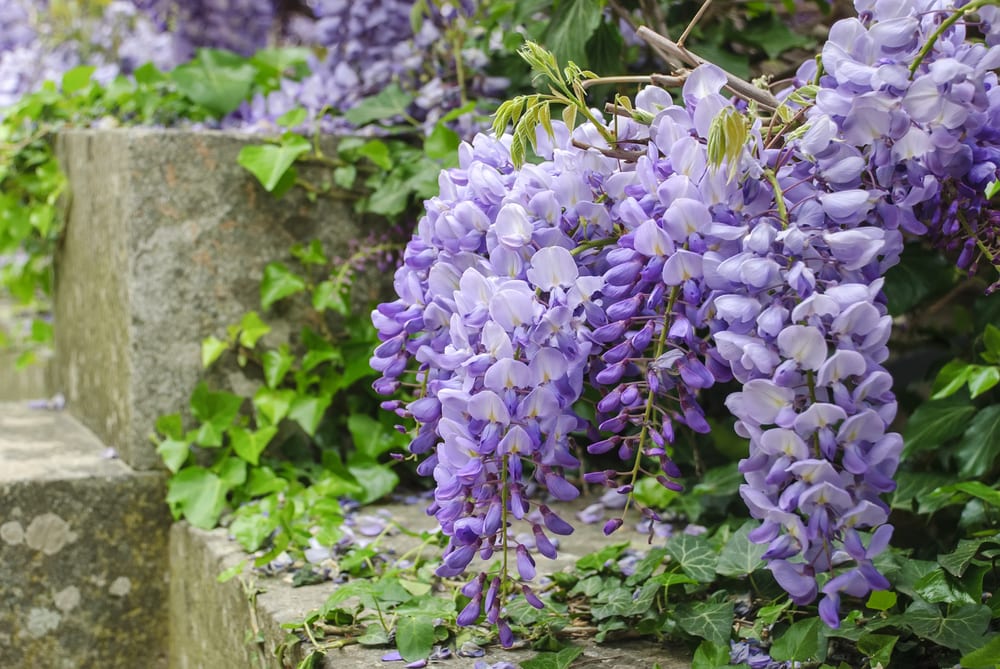 These are stunning looking purple blossoms that originate from Japan, some parts of USA as well as China but today found all around the world. The Wisteria is a creeping vine and the plant can be quite large with a thick trunk and vine branches that can extend as far as 60 ft. While the blossoms on it look fairly lovely, it is thought that entire plant is rather harmful; eating any part of the shrub can create the following:
These are stunning looking purple blossoms that originate from Japan, some parts of USA as well as China but today found all around the world. The Wisteria is a creeping vine and the plant can be quite large with a thick trunk and vine branches that can extend as far as 60 ft. While the blossoms on it look fairly lovely, it is thought that entire plant is rather harmful; eating any part of the shrub can create the following:
- Migraine and headache
- Queasiness and nausea
- Fever and also diarrhea
The treatment to exposure however is quite simple consisting mainly of anti-nausea drugs.
2. Most Poisonous Plants: Rosary Pea
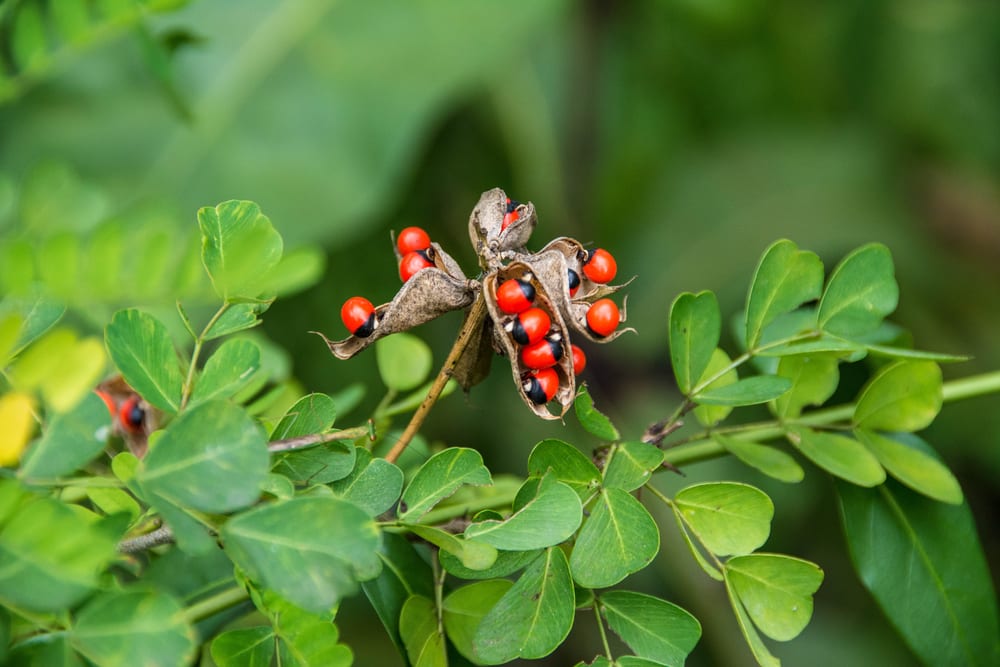 This is a perennial plant that usually twins around trees to an elevation of 20 ft. The plant is defined by 1.5 inch long pods that are pea-shaped as well as they normally split open to reveal red seeds. The plant’s seeds are extremely toxic. Really, a solitary seed can generate adequate toxin to eliminate a human. The seeds generate abrin, which is amongst one of the most effective poisonous substances recognized to man. Symptoms of poisoning include:
This is a perennial plant that usually twins around trees to an elevation of 20 ft. The plant is defined by 1.5 inch long pods that are pea-shaped as well as they normally split open to reveal red seeds. The plant’s seeds are extremely toxic. Really, a solitary seed can generate adequate toxin to eliminate a human. The seeds generate abrin, which is amongst one of the most effective poisonous substances recognized to man. Symptoms of poisoning include:
- Fever
- Stomach upset
- Hyper-excitability
- Diarrhea, colic, drool as well as vomiting
3. Most Poisonous Plants: Oleander
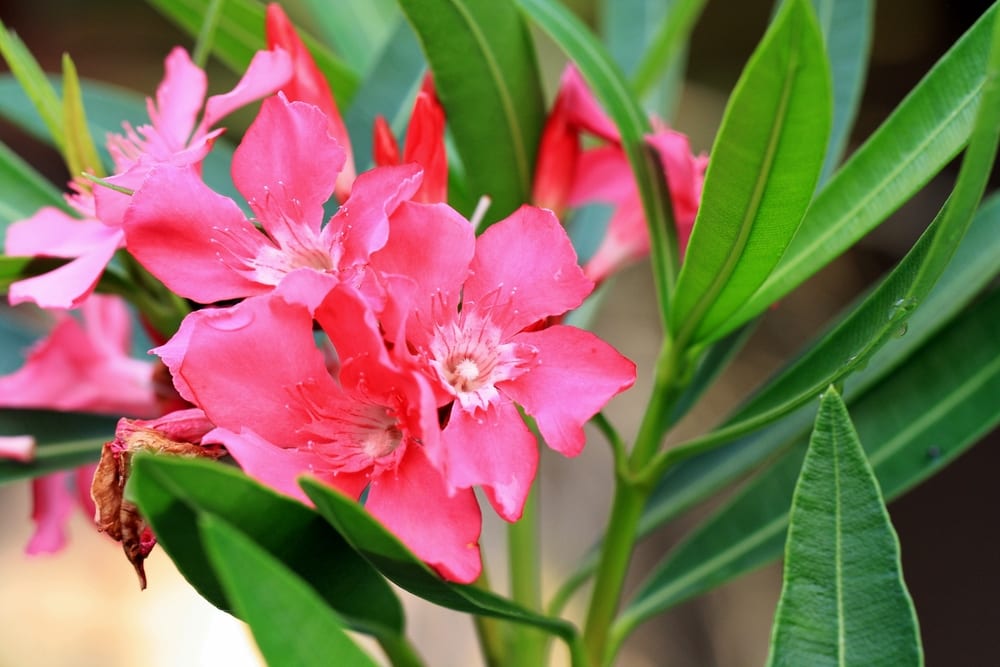 This is a Phanerophyte bush that with a stem that matures to 13 ft. The plant’s blossoms are calyx largely glandular in the inside and also the pods are reddish-brown. The plant is dispersed in the adhering to locations: deserts as well as severe deserts, semi-steppe shrub-lands, shrub-lands as well as Mediterranean forests. The blossoms, seeds, leaves, latex, bark as well as roots are all dangerous. Usage of any one of the stated parts may cause
This is a Phanerophyte bush that with a stem that matures to 13 ft. The plant’s blossoms are calyx largely glandular in the inside and also the pods are reddish-brown. The plant is dispersed in the adhering to locations: deserts as well as severe deserts, semi-steppe shrub-lands, shrub-lands as well as Mediterranean forests. The blossoms, seeds, leaves, latex, bark as well as roots are all dangerous. Usage of any one of the stated parts may cause
- Decreased and/or uneven pulse
- Aberrant colour vision
- Sleepiness and also tiredness
- Abdominal pains and vomiting
4. Most Poisonous Plants: European Yew
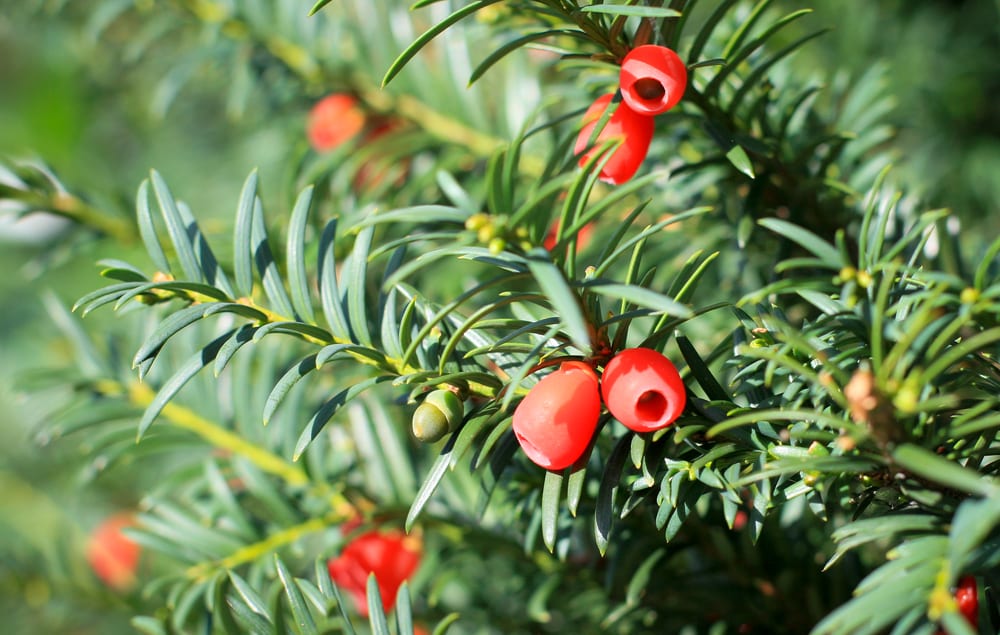 This is just one of the oldest trees in Europe. The plant is generally slow-moving growing and also they could mature to 132 ft. tall. The plant’s leaves are dark-green as well as they are level as well as narrow. All sections of the plant are particularly hazardous except the aril. The plant’s toxicity increases substantially when dried out. Eating the venomous areas of the plant can trigger:
This is just one of the oldest trees in Europe. The plant is generally slow-moving growing and also they could mature to 132 ft. tall. The plant’s leaves are dark-green as well as they are level as well as narrow. All sections of the plant are particularly hazardous except the aril. The plant’s toxicity increases substantially when dried out. Eating the venomous areas of the plant can trigger:
- Heart attack
- Impairment of circulation
- Trouble in breathing
- Convulsions, muscle shakes, as well as increased heartbeat
5. Most Poisonous Plants: Lucky Nut
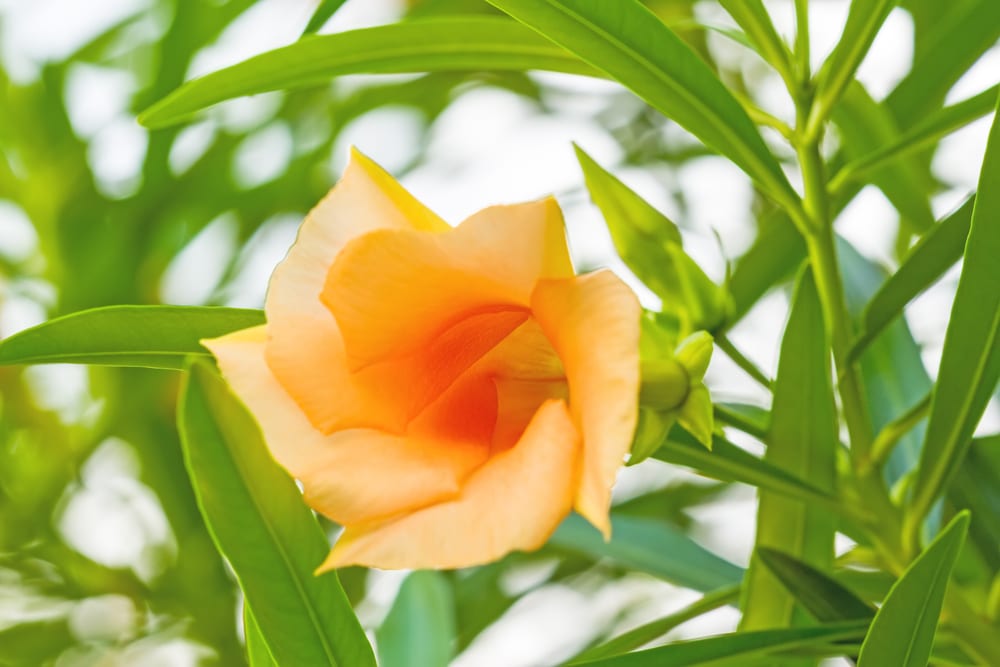 This is an attractive evergreen plant that originates from tropical America. The plant grows up to 23 ft. and also it blossoms all the time. All parts of the shrub are harmful as a result of the existence of the heart glucosides, which the body selectively concentrates in the heart muscle mass. Of all the components, the seed kernels are recognized to contain the highest possible concentration of poisons. The consumption of the plant components creates:
This is an attractive evergreen plant that originates from tropical America. The plant grows up to 23 ft. and also it blossoms all the time. All parts of the shrub are harmful as a result of the existence of the heart glucosides, which the body selectively concentrates in the heart muscle mass. Of all the components, the seed kernels are recognized to contain the highest possible concentration of poisons. The consumption of the plant components creates:
- Numb burning in the mouth along with throat
- Diarrhea, throwing up, and also stomach pain,
- Dizziness as well as dilated eyes
- Irregular heartbeat and heart failure
6. Most Poisonous Plants: Aconite
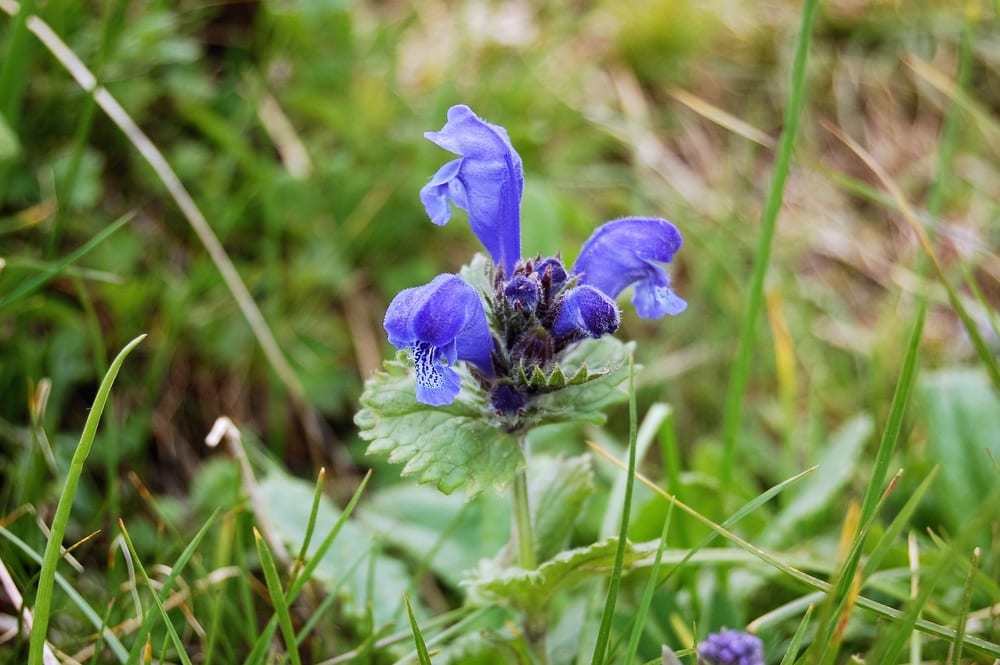 These are dark-blue blossoms with straight and high stems. The plant itself originates from the mountainous areas of Europe, such as Switzerland. The plant favours wet environments of the towering meadows. The most dangerous sections of the plant are the origins, specifically the roots of the European Aconitum napellus. Victims of this plant’s poison do offer a combination of gastro-intestinal, cardiovascular and neurological effects. General signs and symptoms include:
These are dark-blue blossoms with straight and high stems. The plant itself originates from the mountainous areas of Europe, such as Switzerland. The plant favours wet environments of the towering meadows. The most dangerous sections of the plant are the origins, specifically the roots of the European Aconitum napellus. Victims of this plant’s poison do offer a combination of gastro-intestinal, cardiovascular and neurological effects. General signs and symptoms include:
- Muscle weak point and pins and needles of the face
- Sinus tachycardia and ventricular ectopic
- Abdominal and chest discomfort
- Vomiting
7. Most Dangerous Plants: Castor Bean
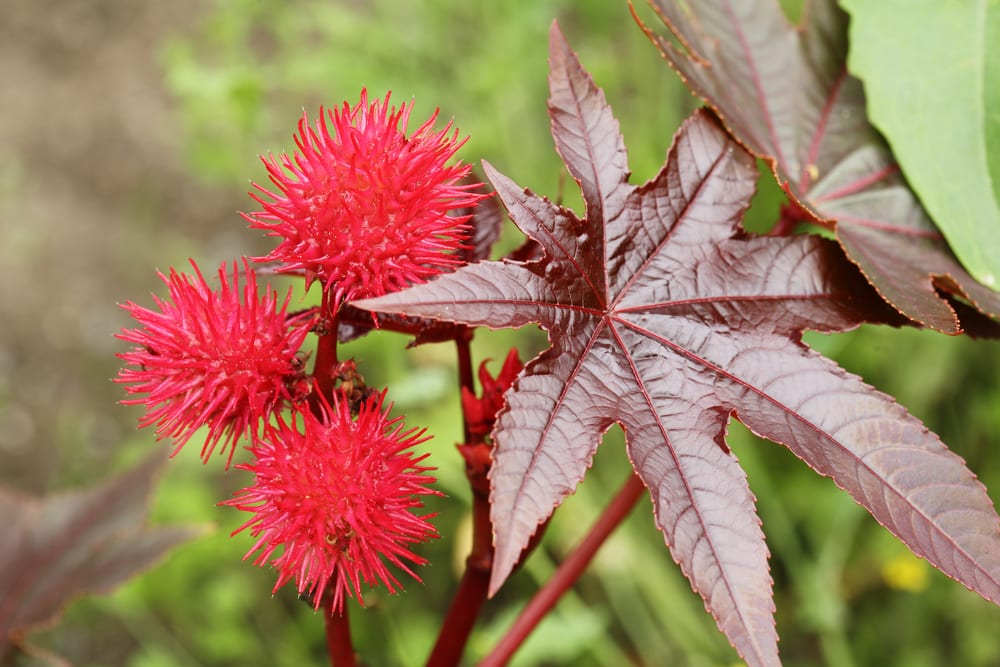 The castor bean plant stems from East and also Northeast Africa to the Middle East. The plant grows from 3 to 30 ft. tall. The plant has distinct leaves, which are normally 4 to 30 inches large. The round fruit is covered with soft bristles with tick-shaped seeds referred to as beans. The seed layers have lethal contaminant referred to as ricin, which is among the most dangerous compounds understood to male. Consumption of the toxic parts triggers:
The castor bean plant stems from East and also Northeast Africa to the Middle East. The plant grows from 3 to 30 ft. tall. The plant has distinct leaves, which are normally 4 to 30 inches large. The round fruit is covered with soft bristles with tick-shaped seeds referred to as beans. The seed layers have lethal contaminant referred to as ricin, which is among the most dangerous compounds understood to male. Consumption of the toxic parts triggers:
- Extreme bleeding lesions in the intestines and stomach
- Serious bleeding lesions in the throat and mouth
8. Most Dangerous Plants: Cestrum
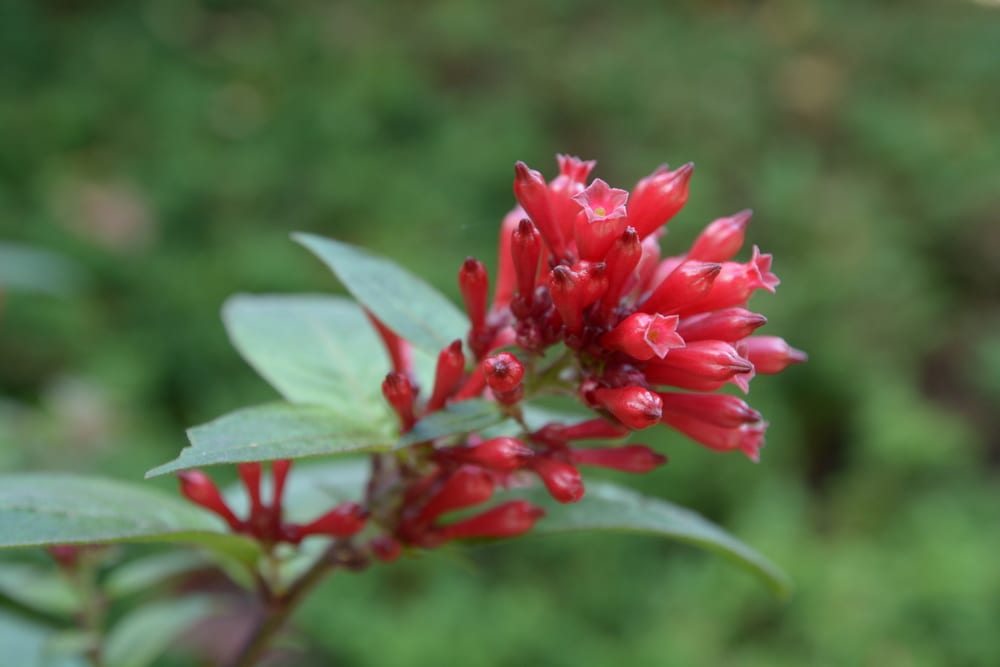 These are tiny hedges as well as trees that stem from Central as well as South America. The plant births green white blossoms and white berries. When immature, the plant’s berries create solanine. The above pointed out release damages the lining of the digestive system tract and also dispirits the main nervous system when consumed. Solanine poisoning triggers:
These are tiny hedges as well as trees that stem from Central as well as South America. The plant births green white blossoms and white berries. When immature, the plant’s berries create solanine. The above pointed out release damages the lining of the digestive system tract and also dispirits the main nervous system when consumed. Solanine poisoning triggers:
- Diarrhoea, migraine, throwing up and nausea or vomiting
- Hallucinations and also disorientation
- Irritability, uneasyness, as well as reddening of the face
9. Most Dangerous Plants: Chinaberry
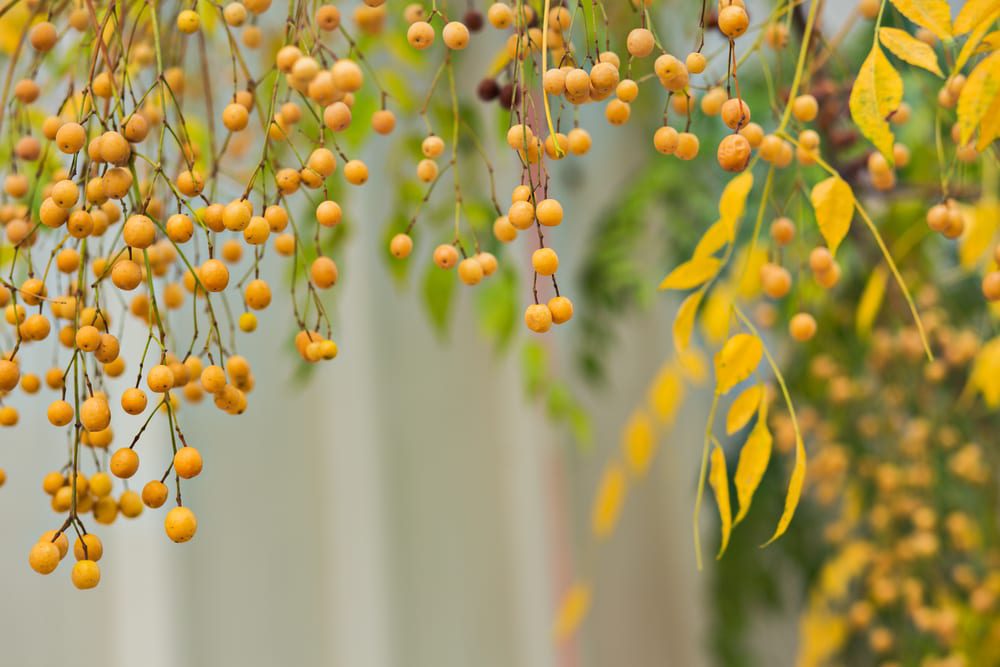 The Chinaberry stems from tropical Asia. The plant matures to 60 ft. high with vast dispersing branches. The fruits are gold 1/2 inch spheres, which hang from the plant throughout the autumn and also wintertime. The seeds usually taste sour and also nauseating. All parts of the plant alkaloids. The plant include unidentified toxic substance that damages the human gastrointestinal system when any kind of component of the plant is ingested. The fruit is mainly poisonous, but the roots, flowers, bark and also fallen leaves are potentially toxic. When ingested, the poisonous substance causes:
The Chinaberry stems from tropical Asia. The plant matures to 60 ft. high with vast dispersing branches. The fruits are gold 1/2 inch spheres, which hang from the plant throughout the autumn and also wintertime. The seeds usually taste sour and also nauseating. All parts of the plant alkaloids. The plant include unidentified toxic substance that damages the human gastrointestinal system when any kind of component of the plant is ingested. The fruit is mainly poisonous, but the roots, flowers, bark and also fallen leaves are potentially toxic. When ingested, the poisonous substance causes:
- Diarrhea
- Stomach discomfort
- And intense throwing up
As poisoning progresses, the victim might experience dilated pupils, as well as could be incapable of speech.
10. Most Dangerous Plants: Hemlock
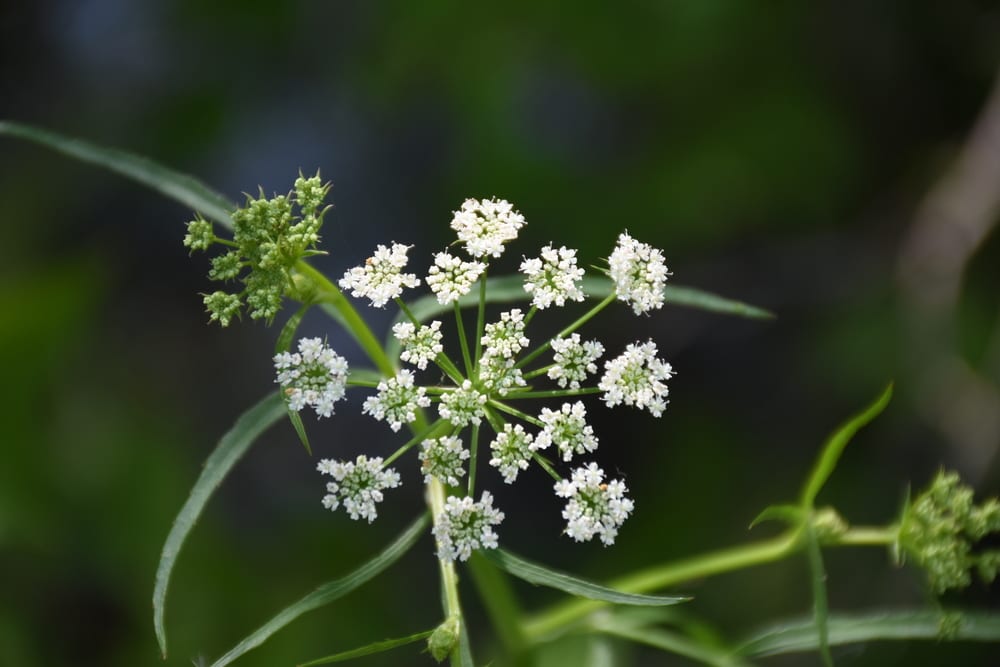 This plant belongs to the parsley family and also it expands to a height of 2 to 6 ft. The plant mostly grows in damp waste areas and also has an origin stalk that resembles a pleasant potato. The stem is hollow as well as coarsely found with red spilling. The leaves are large and large dispersing. The flowers as well as leaves of the plant can conveniently be misinterpreted for those of carrots and also parsnips. When consumed, poison hemlock can create:
This plant belongs to the parsley family and also it expands to a height of 2 to 6 ft. The plant mostly grows in damp waste areas and also has an origin stalk that resembles a pleasant potato. The stem is hollow as well as coarsely found with red spilling. The leaves are large and large dispersing. The flowers as well as leaves of the plant can conveniently be misinterpreted for those of carrots and also parsnips. When consumed, poison hemlock can create:
- Excessive salivation
- Anxiety, weak pulse, dilated pupils, tremblings, weakness and migraine
- Diarrhea, vomiting, queasiness, and stomach pain
A Final Note About the Most Dangerous Plants
Numerous dangerous plants appear like their edible equivalents. As an example, poisonous substance hemlock appears just like wild carrot. Your best opportunity of staying clear of harmful plants is to be able to identify such plants with outright certainty using the previously mentioned details.
In the event you are ever exposed to these poisonous plants, be sure to seek the help and advice of your public health authorities such as the CDC in the United States.

